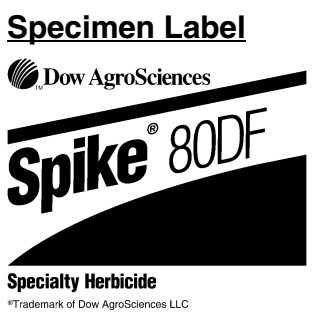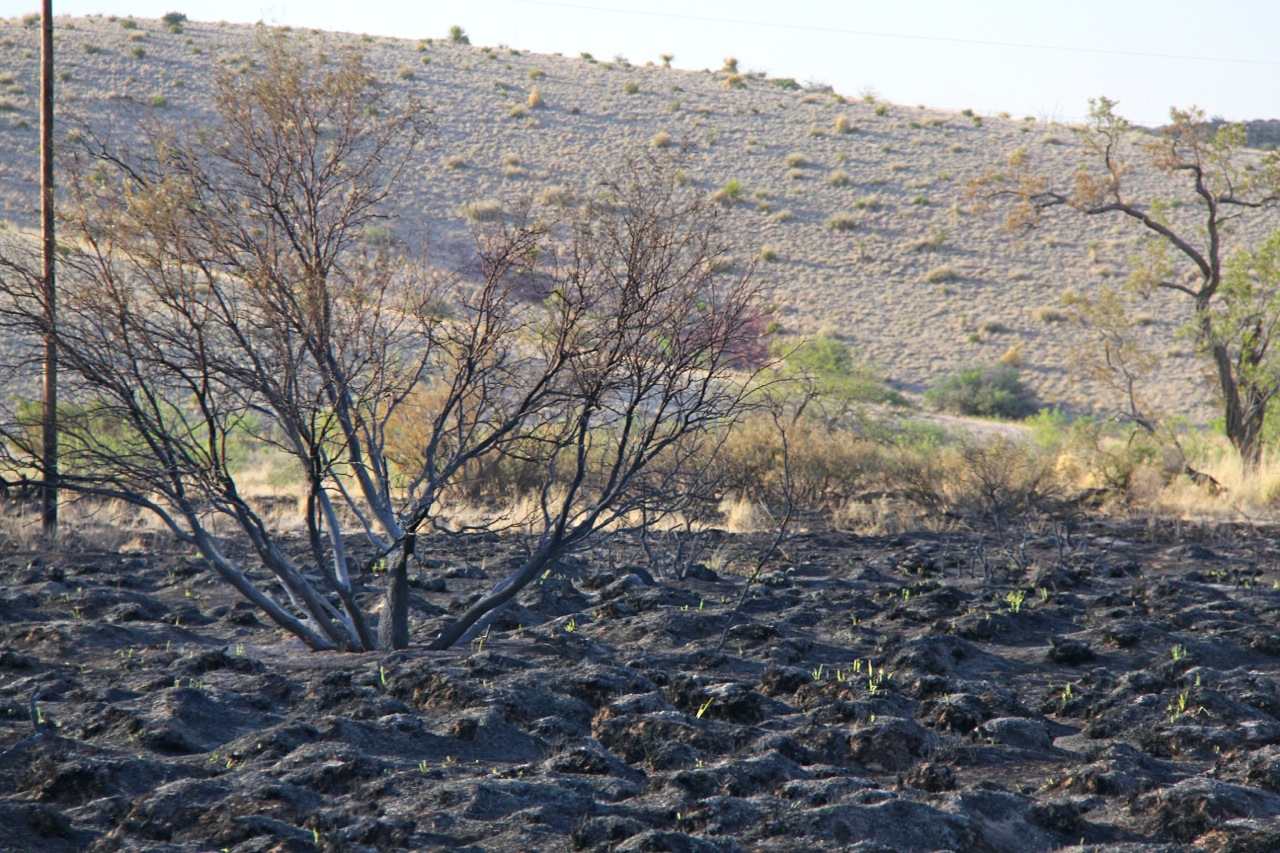Restoring Desert Grasslands: A Video Comparison of Cattle, Water Harvesting and Keyline as a Safer, Cheaper and Faster Alternative to Spike
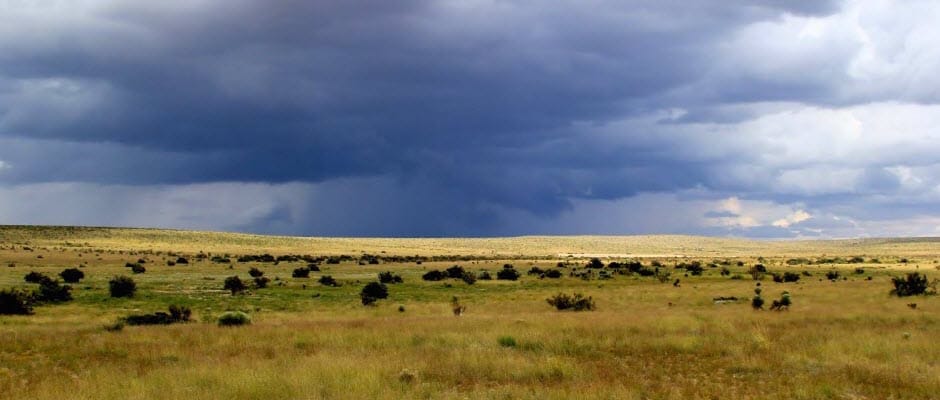
Here is a well-intentioned but ill-advised project for “restoration” of desert grasslands.
The Rest of The Story…
BLM is spending $30 million on 500,000 acres: $60 an acre. The objective is to kill all creosote and mesquite; thereafter, the staffers propose to use fire to “maintain the landscape.”
Bad Science: The article opens with the declaration that creosote releases toxins that keep seeds from sprouting (allelopathy).
“Allelopathy is a biological phenomenon by which an organism produces one or more biochemicals that influence the growth, survival, and reproduction of other organisms.”
I respectfully challenge the sponsors of this project to come forward with the peer-reviewed study that establishes this “range manager rural legend” as scientific fact. To encourage this, Circle Ranch will contribute $1,000 towards this project if anyone associated with it will furnish us the studies. Note: Opinions repeated as if they are proven facts and anecdotes don’t count. Let’s see the science.
The project’s premise is that poisoning creosote with Spike is the only way to restore plants around creosote. This is incorrect. The ten-minute video below documents the superior method of restoring plants within creosote communities by combining holistic planned grazing and the Yeomans Keyline Plow. I would like the project sponsors to explain the prolific sprouting seeds given creosote’s alleged allelopathic powers.
Desert Grassland Restoration Without Poisons from Christopher Gill on Vimeo.
As Groucho Marx said: “Who are you gonna believe: me, or your lying eyes?”
Other problems include:
Too Expensive: Done using cattle and Keyline, the expense is one-fifth of what is projected.
Spike Hurts Biodiversity: Anyone who has seen the creosote flats of far-West Texas and southern New Mexico knows that the plants themselves are widely spaced. The mesquite is extremely spaced and is a great food source. Both furnish shade, hiding places and windbreak to many animals, birds and insects. What precisely are the physiological objections to these native plants and what science supports the objections?
CLICK IMAGE ABOVE TO VIEW FULL LABEL
The widespread assumption that Spike® is selective and only kills creosote and mesquite, is incorrect. Here is a reproduction of the 10-page label which the EPA makes Dow Chemicals put on this product. Dow says there are hundreds of trees and shrubs, and thousands of forbs affected. Pay attention to what Dow says it does to all seeds. What science contradicts the label?
Fire Destroys Organic Material: In the desert, the most precious soil resource is organic material on the soil’s surface. Fire gases precious-as-gold organics into the air. As several peer-reviewed studies confirm, this leaves soil bare, kills many plants and microorganisms rendering soil life sterile for years after fire, and plant biodiversity greatly reduced. Repeated burnings move plants towards fire-tolerant plants and often a monoculture like giant sacaton. Fires occurred naturally but there is nothing ‘natural’ about these repeated man-set fires. What science contradicts this?
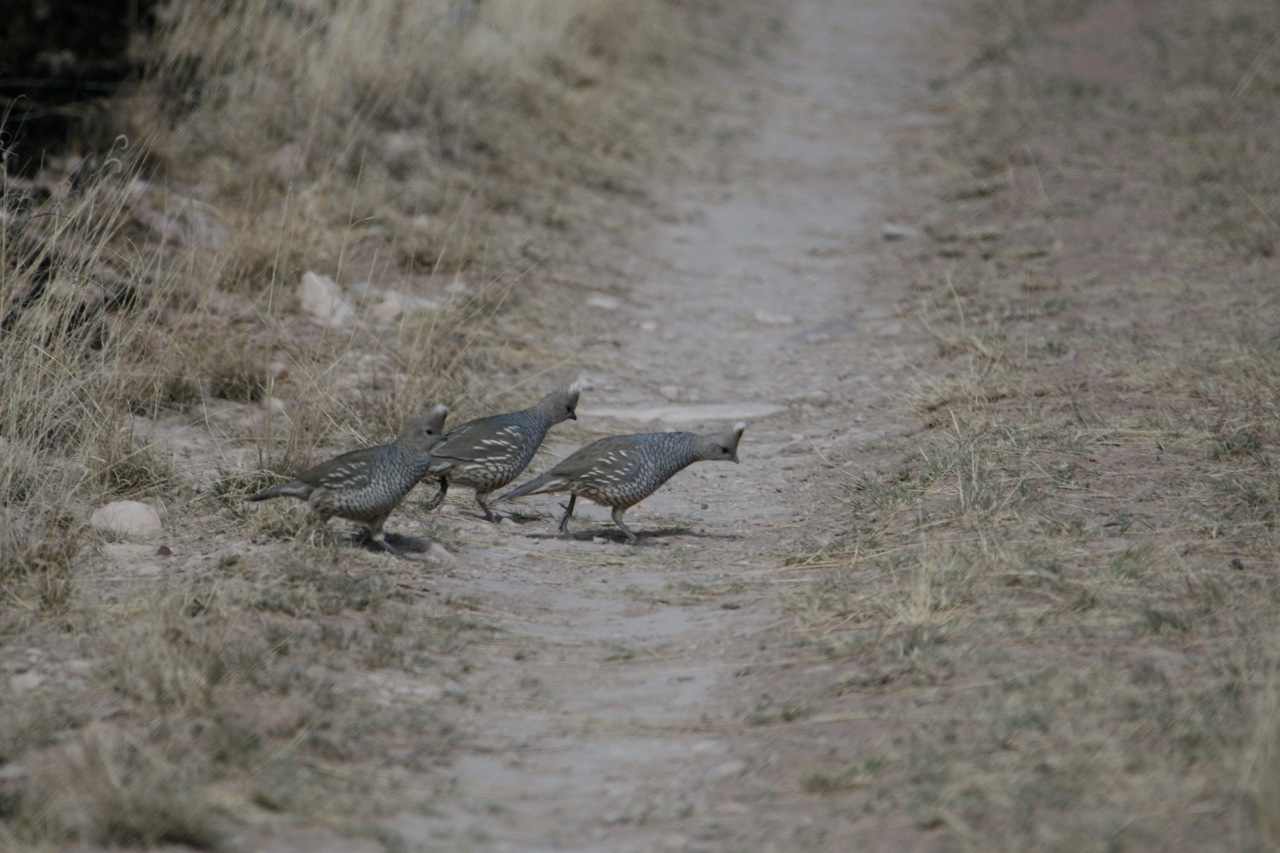
Spike Hurts Wildlife: For years after Spike treatment, precious forbs disappear and with them go quail, pronghorn, mule deer, and many other animals that need weeds for food and cover. It will take many years for the plant community to recover, but, even if the plants re-establish, that doesn’t guarantee the animals will. This project will cover almost 1000-square miles. From where do the sponsors believe animals and quail will repopulate? The grass itself is toxic according to the label: we can move our cows but where do quail, pronghorn etc. go for the years it takes Spike to wear off? Lord knows what we are doing to soil life: what science has even looked at this?
We all want to see wildlife and habitat improved. Big Wildlife prescribes a “simple” solution: pick your favorite plant(s) and use our expensive poisons to kill everything else.
A Better Idea: We completely support NRCS in its desire to restore desertified grasslands. We have no financial stake in this so we are free to offer common sense: Instead of the Monsanto Method, use cattle and Keyline subsoil plowing. Treat five times as much area for the same cost, and cattle pay for themselves. No harm will be done to plants, animals or people. Response will be seen in the first growing season.
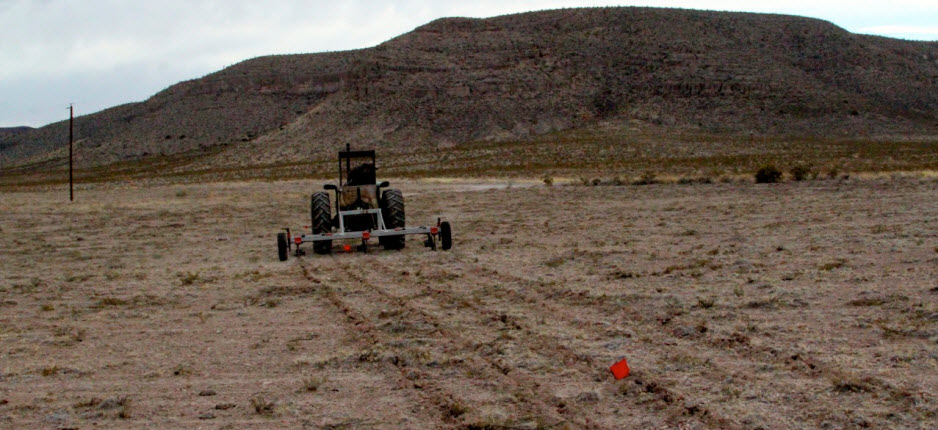
NRCS is already cost-sharing Keyline subsoil plowing and planned grazing efforts on thousands of acres at Circle Ranch: The local NRCS personnel have already observed these results; sponsors are welcome to visit and see for themselves. This large scale project would be groundbreaking in the history of conservation. We can help NRCS and BLM as they develop the project. Circle Ranch will contribute to this project and help raise money as will many others.
For another video presentation on how to use cattle, water harvesting and Keyline to restore desert grasslands, including a specific desert project to address an eroded roadbed which has turned into a huge gully, CLICK HERE:

